Breathtaking mountainsides, ancient forests, crystal-clear streams and rivers, pristine glacial lakes, and incredibly diverse flora and fauna make Montenegro an unforgettable country. The people who live in the villages and katuns are even more memorable as they prepare traditional meals and guide travelers to see the beauty of their country. The smallest country in Europe, Montenegro can often be overlooked when mapping a family trip or adventure. But we at Meanderbug.com want to put Montenegro into the spotlight for your next trip as a beautiful, biodiverse country worthy of conscientious travelers who desire to explore her beauty.
Get our 46-page digital Montenegro Travel Guide
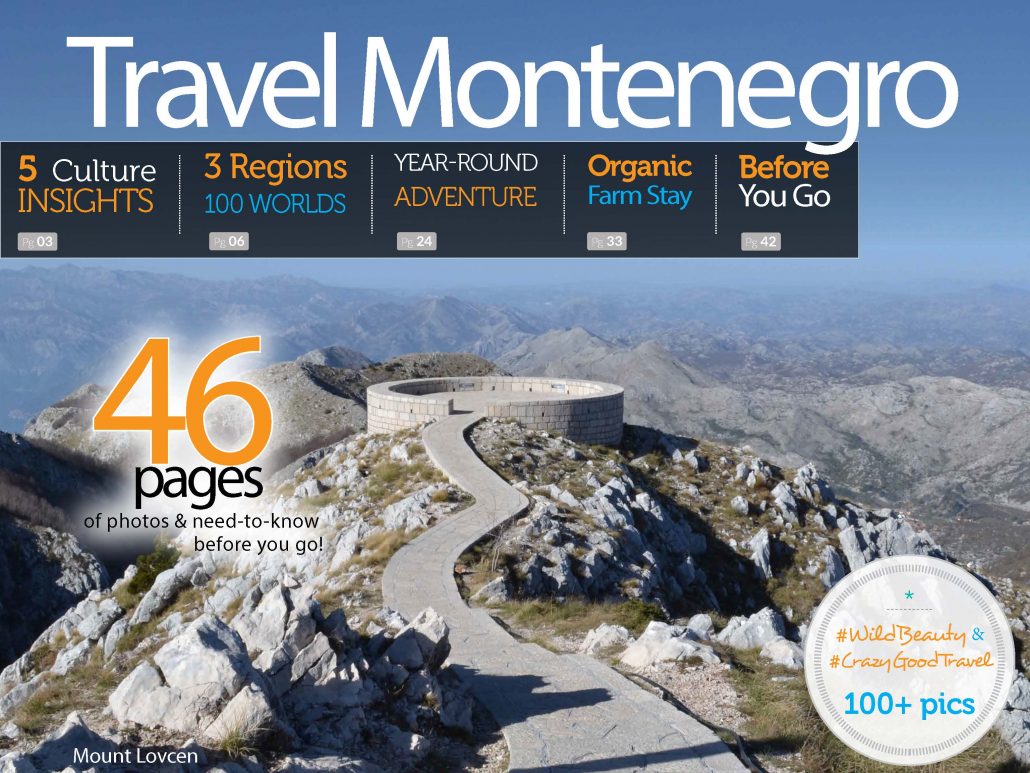
FAQ about Montenegro
Located in southeastern Europe, Montenegro sits east across the Adriatic from Italy. Formerly a republic of Yugoslavia, Montenegro is situated in the Balkan Peninsula. It is bordered by Bosnia and Hercegovina as well as Croatia to the northwest, Serbia to the northeast, Albania to the southeast, and the Adriatic sea to the southwest. An easy way to find Montenegro is to find the Achilles heel on the boot of Italy on the world map and then scan east across the Adriatic Sea.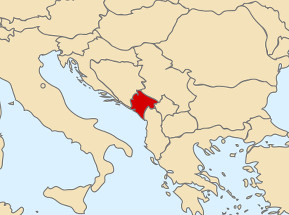
Montenegro is the most biodiverse country in Europe and because of this the country was declared an ecological state in 1991 in order to properly preserve its beautiful ecosystem. Montenegrin nature is absolutely breathtaking from sweeping mountain ranges that span from coastal views to alpine peaks. The terrain ranges from clear glacial lakes to majestic national parks. Thrill-seekers and adrenaline junkies will love a wide range of hiking and MTB options, canyoning, skiing, and survival skills training. Adventurers of all ages can enjoy family hiking, rafting, zip-lining, overnighting at organic farm stays, and enjoying hut-to-hut adventures. 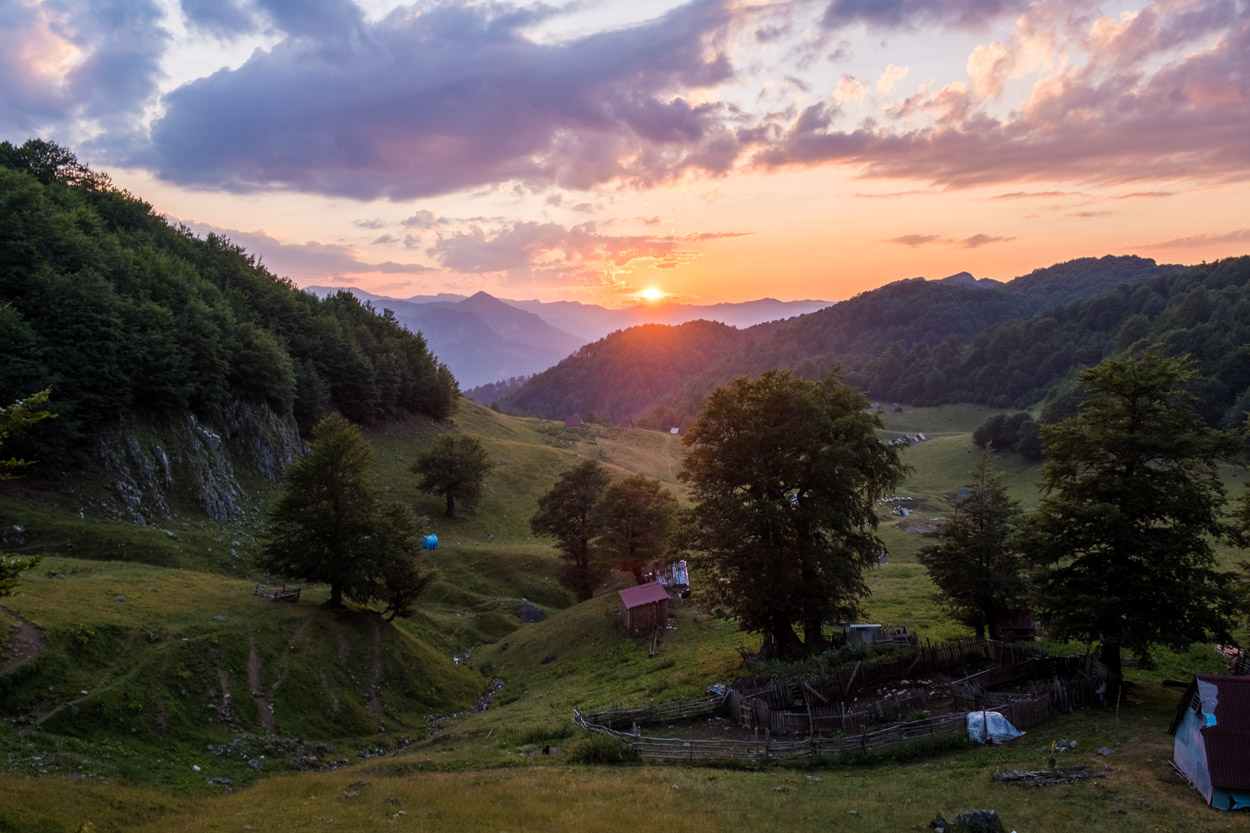
While some may remember the conflict in the Balkans in the 1990s which gives this part of the world a bad rap, Montenegro never experienced any true fighting. As a member of NATO since 2017, Montenegro fosters good relationships with other countries and makes efforts to comply with international regulations as a potential EU candidate. According to recent travel statistics, Montenegro is a safe country with a relatively low crime rate. The most common crime here is petty theft. Crime is practically non-existent in the traditional villages and katuns of northern Montenegro. 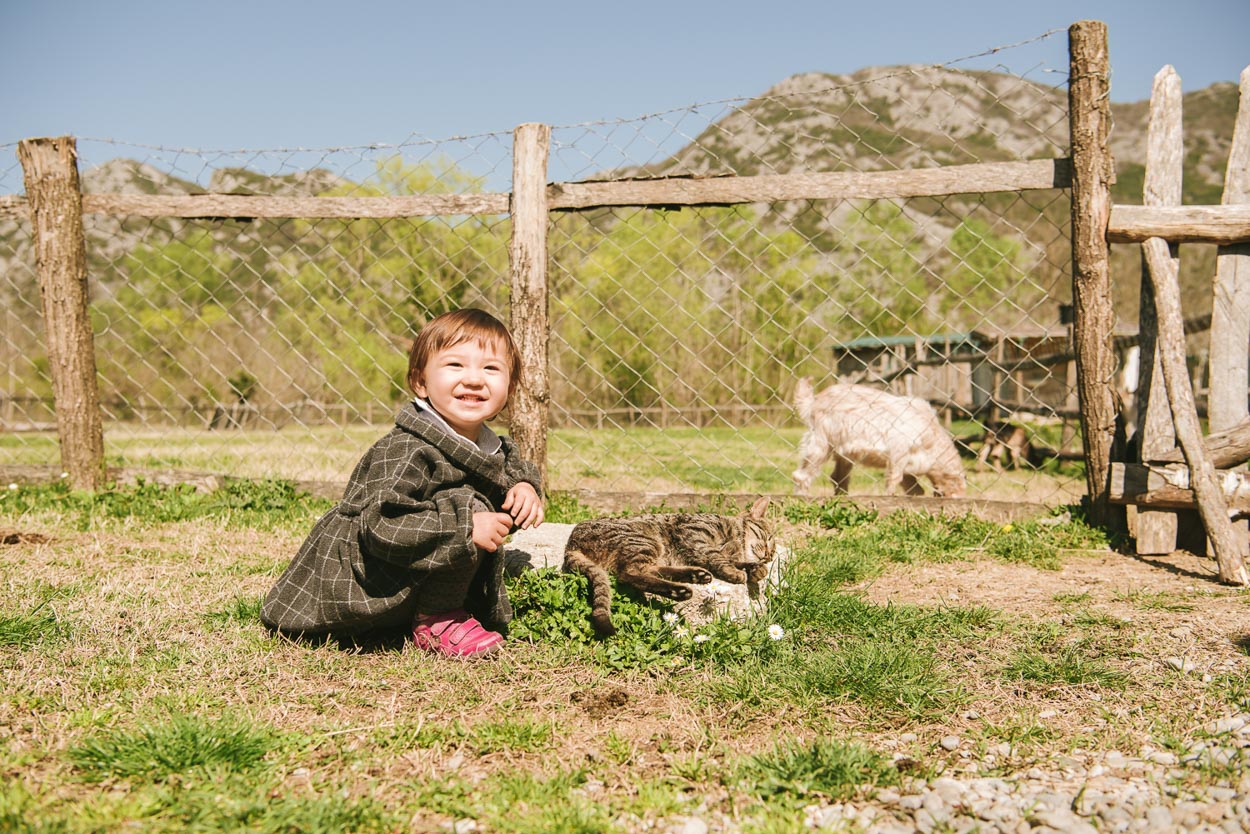
In 2002 Montenegro officially adopted the euro for its currency. This is the only functioning monetary unit in 2019. Prior to 2002, the German Deutsche Mark was in use. This can still be an important trivial detail for travelers if they want to try the local cappuccino / latte combo known in Podgorica and throughout most of the country as the Deutsche. So order a “Deutsche” (it won’t be on the menu, but your waiter will know it if you pronounce it like a local) but be sure to pay with a euro or two.
Euros can be withdrawn via ATM, monies can be converted at most bank branches, and credit card payments are widely accepted. PayPal or other international payment services do not work in Montenegro. 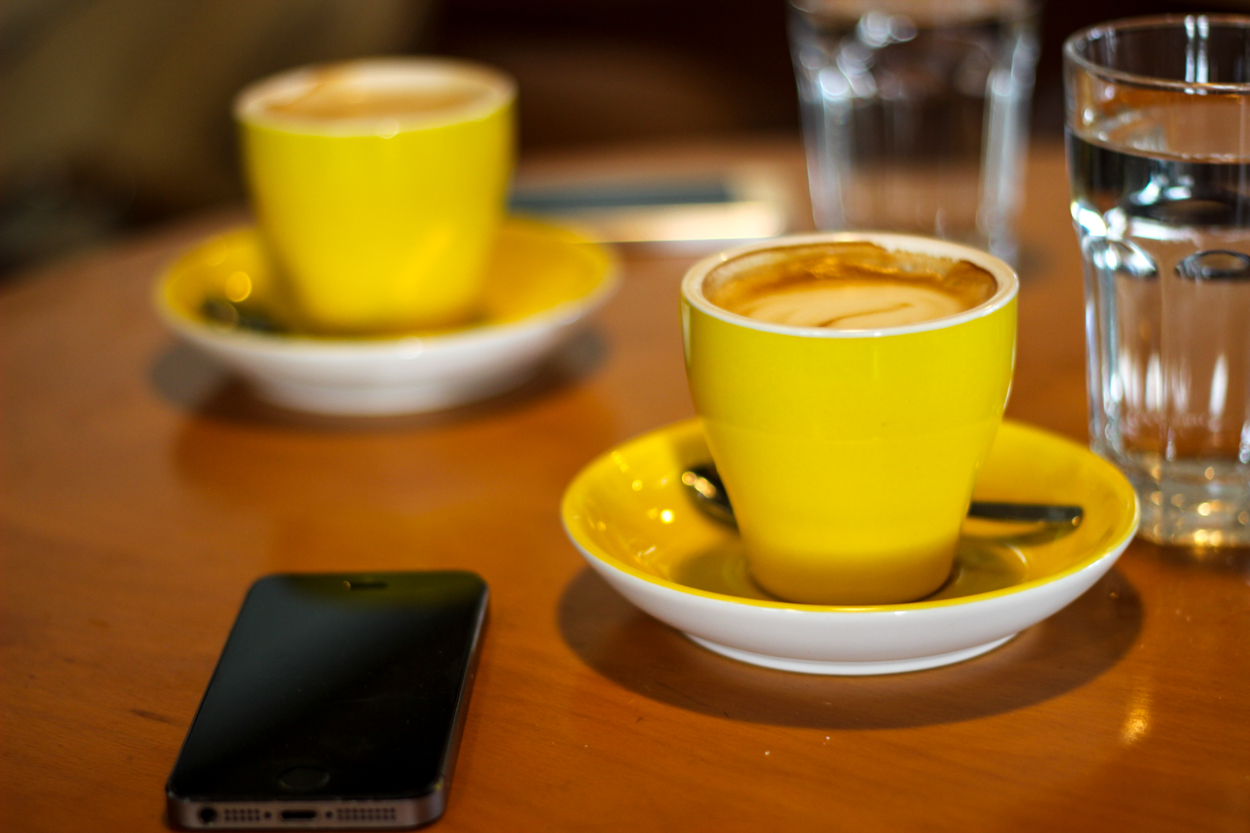
The answer is yes, yes, and YES! While the beaches and coastal towns provide the most known options for family travel, there are many other great family travel options to consider. The culture values kids in a great way. As a result, when interacting with locals that have the time and opportunity to help foster quality family travel, they will do so. This makes the farm stays and katuns an ideal option for family travel as the locals go out of their way to make you and your family have a great adventure. There are so many activities to stimulate the imagination of younger adventurers, like horse-back riding, foraging and berry picking, hiking, swimming, interacting with farm animals, making cheese, seeing how food is grown as well as harvesting foods, etc. A trip to Montenegro can be a great time to disconnect from a frenetic busy pace and make memories as a family. 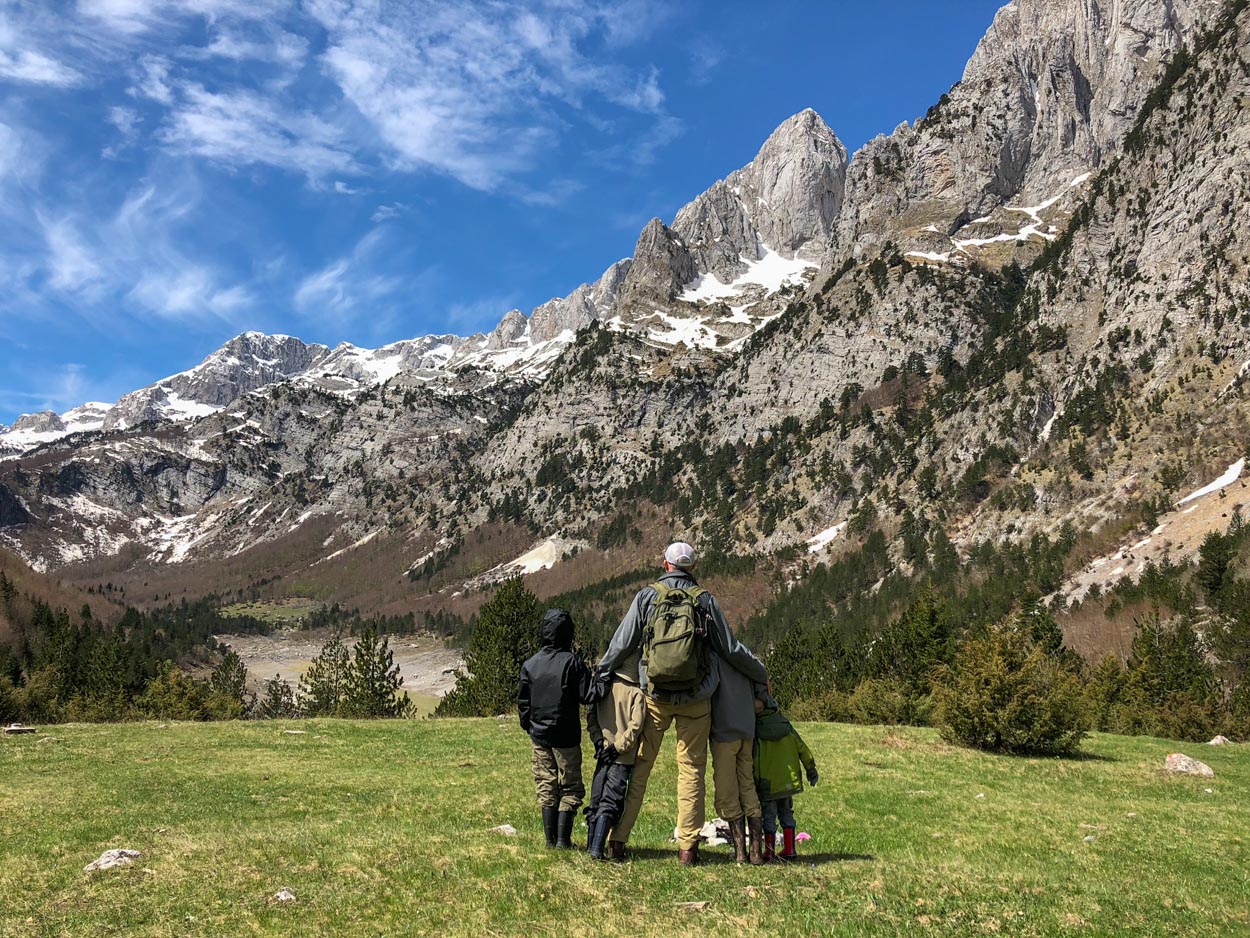
As an ecological state that relies on tourism as its number one industry, developments in responsible travel are critical. Thankfully, they are also increasing. Some highlights include ongoing work with pelican conservation, a donkey farm promoting animal rights, environmental cleanup projects that have local participation and leadership including the first 100km Eco Run river cleanup of the Tara River in 2019.
One of the most effective responsible travel developments is the growth of rural tourism that empowers local families. A growing number of village and mountain cabins with organic, traditional foods across the country are now available through the Meanderbug Farm Stay Network. Most of these lodging options are small, family-owned multi-speciated farms with some permaculture aspects being practiced. Opportunities for locals as well as for travelers is being expanded with hut-to-hut hiking and a growing emphasis on trail development for hiking and mountain biking. Meanderbug and its individual and non-profit partners are working to coach farm stay partners in a wide range of areas including compost toilet implementation in remote mountain areas.
Other encouraging developments in responsible travel in Montenegro include things that are not happening. A contingent of locals in the Zabljak area protested and successfully stopped the planned construction of bungalows around the iconic Black Lake in Durmitor National Park. Increasing public attention and lawsuits have been brought in 2019 against a construction company and a power plant that have had a significant negative impact on riverways due to practices. 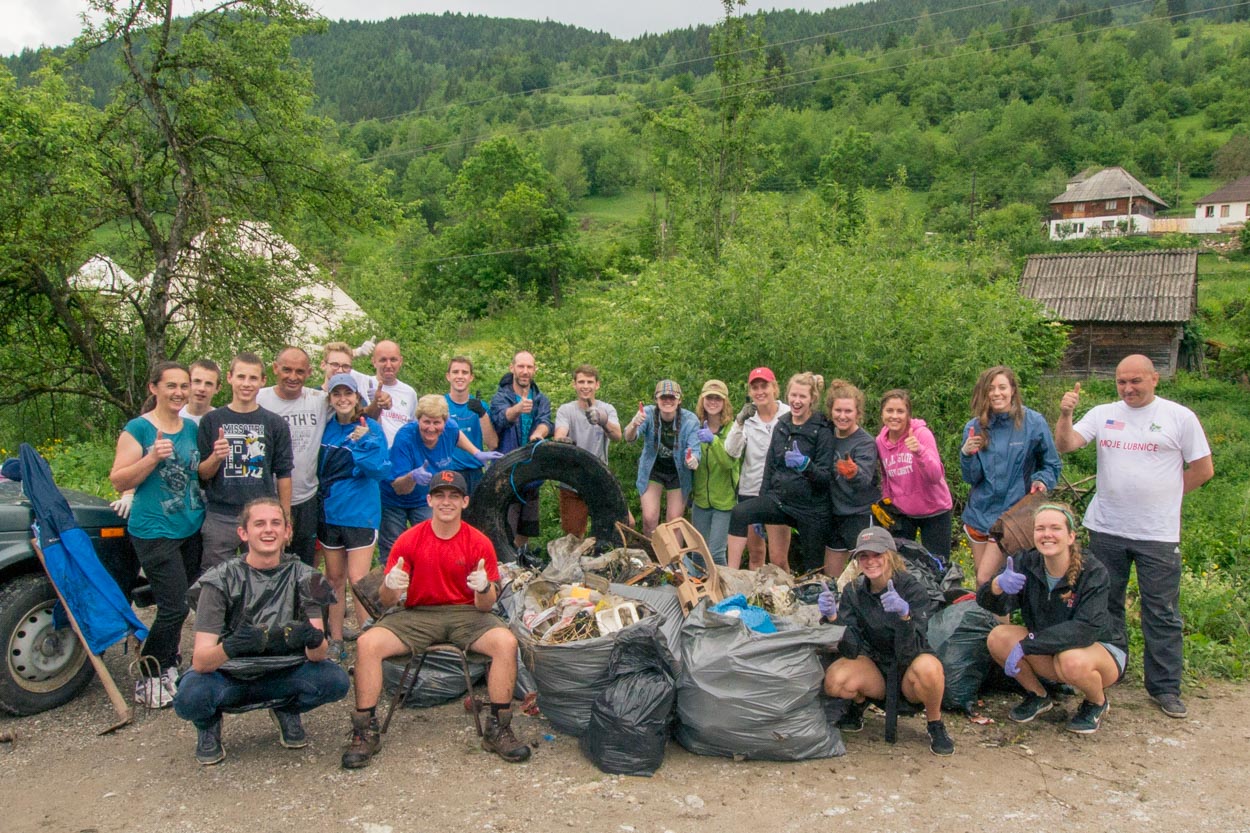
Montenegro has many iconic locations, from national parks to monasteries to fortresses and ruins to other natural wonders. Many places are accessible by car, but navigating roads can prove difficult. We recommend having a working mobile device with a navigation app or system as you explore these beautiful locations. Maps.me and Google Maps are typically better than Garmin devices for Montenegro, and we recommend you download these apps offline, as mobile data and wifi are sketchy in some regions.
National parks and landmarks include:
Durmitor National Park – lies in northern Montenegro. Great for hiking and foraging. This is the most visited national park in the country. For this reason, we recommend it during the shoulder season.
Prokletije National Park – lies on the eastern tip of Montenegro. Brimming with wildlife and beautiful mountainsides as well as some of the most rugged mountain peaks in the country.
Biograska Gora National Park – comprised of pristine glacial lakes and an old-world forest that dates back centuries. Ideal for family and hut-to-hut hiking, and all levels of mountain biking.
Lovćen National Park – historically a very important site for Montenegro with a wonderful view of the Bay of Kotor. The national hero, Njegos, lies in state on Mt. Lovćen.
Skadar Lake National Park – the largest lake in the Balkans inhabited by stunningly diverse flora and fauna, including 300 bird species. Ideal for birding and boating.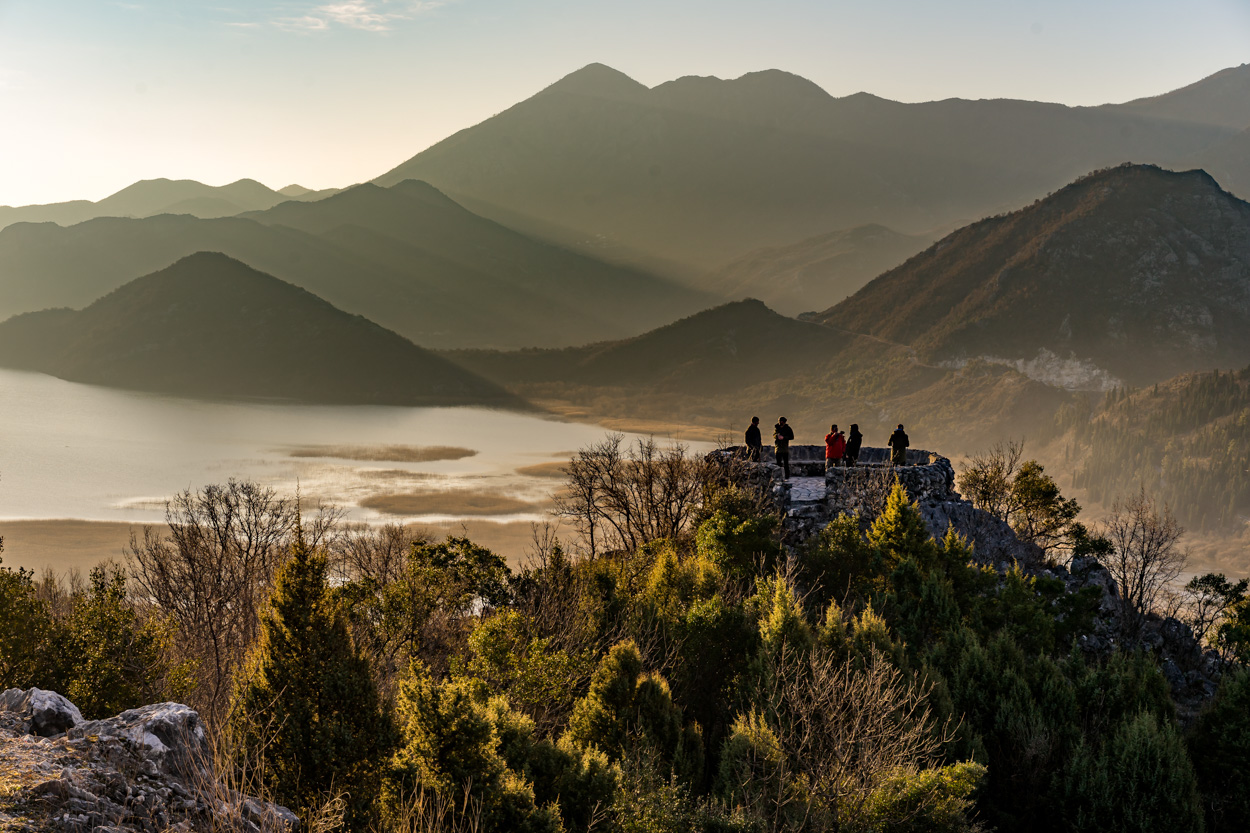
Other important sites include…
- Komovi Mountain – three peaks that comprise a classical mountainside. You can drive to the base and hike to the top.
- Bay of Kotor – comprised of coastal towns, fjords, and several kilometers of coast line, with something for every beach lover to enjoy.
- Ancient fortresses – stone castles and ruins that have watched over Montenegro for centuries, such as Sveti Ivan, Kosmac, Žabljak Crnojevića, and Medun.
- Monasteries – beautiful settings for the more spiritual traveler. Include the iconic Ostrog Monastery, Morača Monastery, and other smaller monasteries throughout the country.
- Mrtvica Canyon – a deep gorge cut through by a glass-like river. A great canyoning experience for the stout-of-heart adventurer.
- Villages – the origin of Montenegro, life began and continues to flow through the villages. Farm stay lodging possibilities provide the ideal way to experience this traditional way of life and have the best access to nature and adventure.
- Katuns – mountain huts found throughout Montenegro that represent the very heart and tradition of the country.
Sustainable, responsible travel trip planning for Montenegro is available through the Meanderbug team for bespoke travel requirements.
